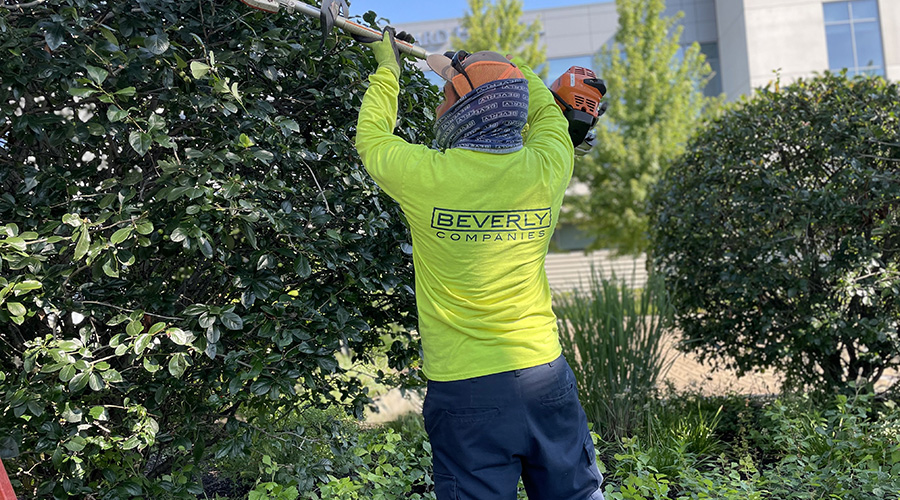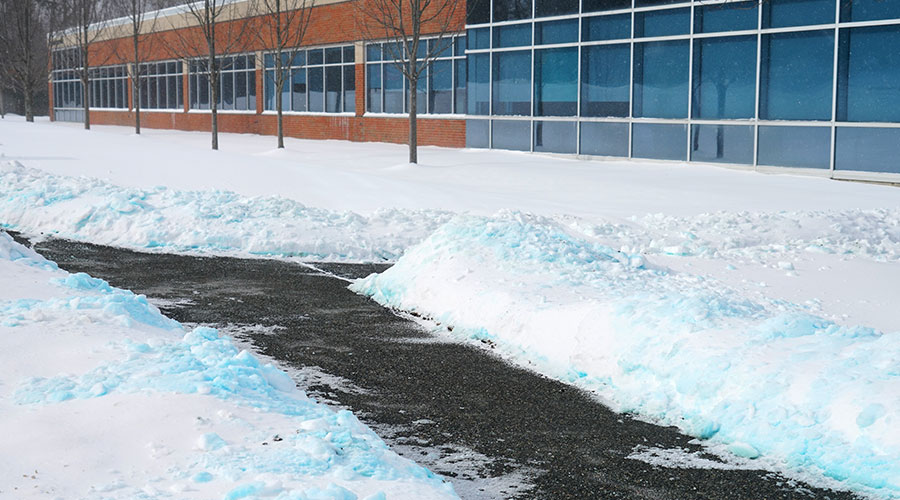Utility Vehicle Selection: Features and Functions
While managers want to focus on such utility vehicle features as horsepower and speed, manufacturers advise them to take a broader approach to specification. Miller advises them to look at payload, towing needs, bed dimensions, powertrain size and type, and operator interface.
"These most affect what types of jobs the vehicle will be capable of handling," she says.
Glendon advises a strategic approach in determining essential features and functions.
"We often lead our prospective customers through a series of questions to help them out," he says. "First, we ask how they want to power their vehicle. Do they want a gas-powered product, an electric product, or maybe something different than that, such as diesel? Do they have an interest in solar power on an electric cart?
"Then we ask them how many people they need to carry and how much payload they need to carry. So it could be one person going from place to place, or it could be, for example, college admissions touring people around and need to be able to carry six people.
"Then we ask them, what do you need to protect the occupants from the elements? It could be a golf-cart-style with a canopy top and a fold-down windshield, or it could be a steel-and-glass cab, including heaters.
"The next thing we ask is, what do you want on the back of the vehicle? In some applications, maybe what they want is a flatbed. In other applications, they might want a cargo box. And maybe they want to be able to dump the cargo box. Or they might want the enclosed sand box on the back.
"The final question is whether they have any special safety equipment that they need on the job site — maybe a "Slow Moving" triangle or a strobe light. Or maybe it needs to be painted red so people can see it. Typically, as we walk through that process, that leads us to the vehicle that an individual really needs."
Managers also need to remember that one strength of utility vehicles is their versatility, which relates to attachments.
"One thing that hasn't caught on is the attachment capability of utility vehicles," Gilles says. "More often, you're going to see that for light- to medium-duty activities, managers should consider utility vehicles as a work machine, rather than just a transportation machine. It can help justify the cost and help them serve a need they feel might need to be served by different equipment."
Completing The Process
Managers also would be wise to keep an open mind when it comes to the brand of utility vehicle they focus on.
"The one thing they give way too much clout to is brand," Gilles says. "We see that all the time: �I've always owned them, and that's all I'll own.' Even with the markets and the brands and the products continually changing, people get so set in their ways. They don't do the research they should be doing. People overlook a superior product just because of the brand name. If you buy an off-the-wall brand that's here today, it could be gone tomorrow. Then you're out of luck, especially if you're looking at keeping it long-term."
Manufacturers and dealers also play important roles in helping guide managers to the most appropriate vehicle for their needs.
"While the Internet is a great place to start, my best piece of advice is to visit a dealer," Poles says. "Dealers are the ones who are living in the utility vehicle space and can assist managers with determining what vehicle fits their unique needs."
Related Topics:












